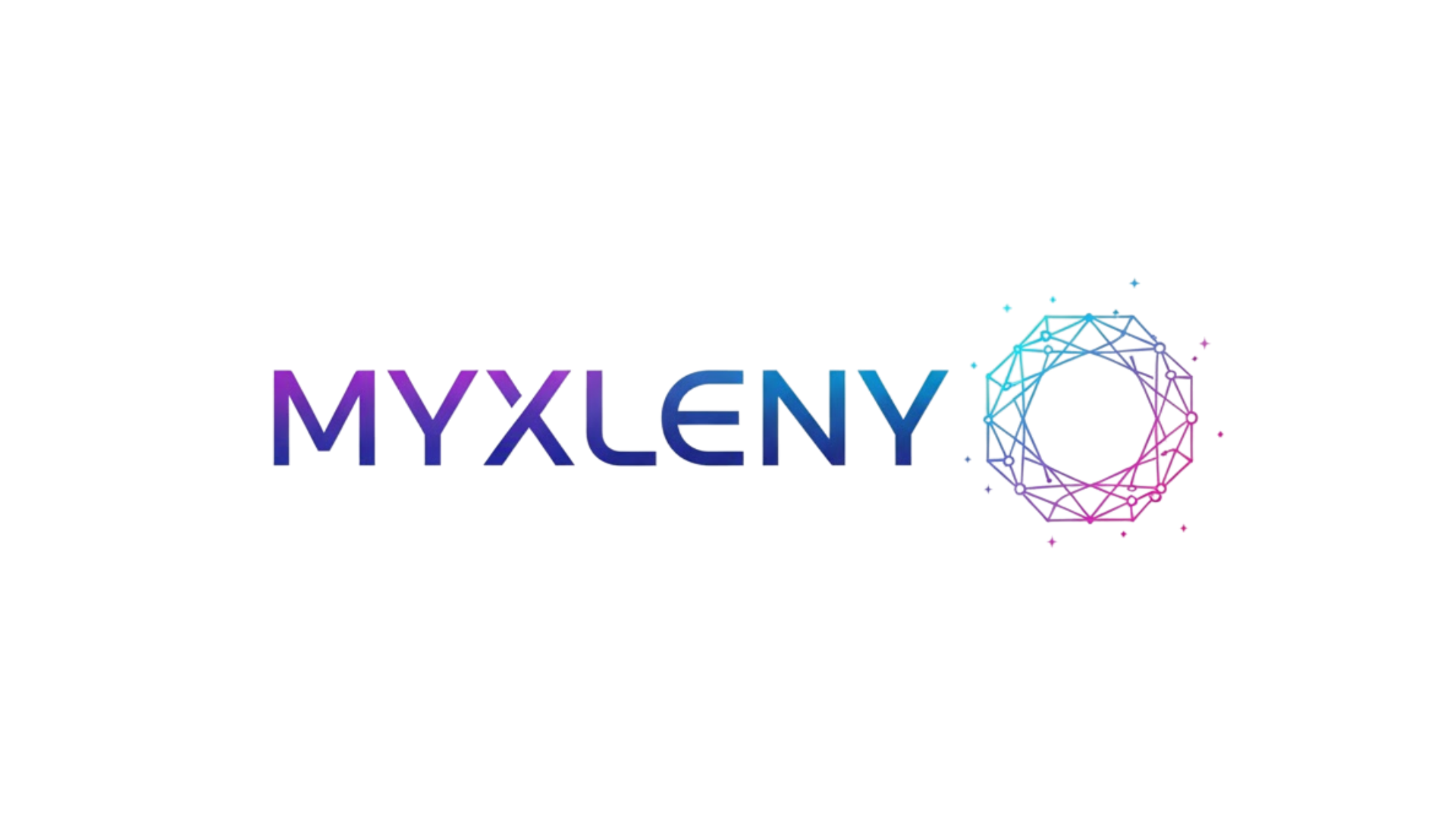Career transitions can feel overwhelming, but with the right strategies and mindset, you can successfully navigate the modern job market and unlock your true professional potential.
Whether you’re seeking a complete industry change, climbing the corporate ladder, or pivoting to a more fulfilling role, understanding how to strategically position yourself is crucial. The employment landscape has evolved dramatically, demanding new approaches to career development and job searching. Today’s professionals must be agile, continuously learning, and willing to adapt to changing market conditions while staying true to their core strengths and values.
This comprehensive guide will walk you through proven strategies that successful career transitioners use to reinvent themselves professionally. From identifying transferable skills to building a powerful personal brand, we’ll explore actionable techniques that can accelerate your journey toward meaningful work. Let’s dive into the essential elements that will help you make your next career move with confidence and clarity.
🎯 Understanding Your Current Position and Future Goals
Before embarking on any career transition, you need a clear understanding of where you stand and where you want to go. This self-assessment phase is foundational to your success and shouldn’t be rushed. Take time to honestly evaluate your current situation, including your skills, experiences, achievements, and areas for improvement.
Start by conducting a thorough inventory of your professional assets. What unique value do you bring to employers? What accomplishments are you most proud of? Which tasks energize you versus drain your energy? These insights will help you identify patterns and preferences that should guide your transition strategy.
Creating a vision for your ideal career destination is equally important. Consider not just job titles, but the type of work environment, company culture, work-life balance, and impact you want to have. Be specific about your salary expectations, growth opportunities, and non-negotiables. This clarity will serve as your North Star throughout the transition process.
Conducting a Skills Gap Analysis
Once you’ve identified your target career path, compare your current skill set with what’s required in your desired role. This gap analysis reveals where you need to invest in professional development. Research job descriptions for positions you’re targeting, noting recurring requirements and qualifications.
Don’t be discouraged by gaps—view them as growth opportunities. Many skills can be acquired through online courses, certifications, volunteer work, or side projects. Prioritize the most critical competencies that will make you competitive in your new field.
💼 Leveraging Transferable Skills Across Industries
One of the biggest mistakes career transitioners make is underestimating their transferable skills. These are abilities that apply across various roles and industries, making you valuable even without direct experience in your target field. Communication, leadership, problem-solving, project management, and analytical thinking are examples of highly transferable skills.
The key is learning how to articulate these skills in the language of your new industry. For instance, if you’re transitioning from teaching to corporate training, your classroom management experience translates to facilitation skills, curriculum development becomes instructional design, and student assessment relates to measuring learning outcomes and ROI.
Create a comprehensive list of your transferable skills and gather specific examples that demonstrate them. Use the STAR method (Situation, Task, Action, Result) to structure compelling stories that showcase how you’ve applied these abilities to achieve measurable results. These narratives will be invaluable during interviews and networking conversations.
Reframing Your Experience for New Contexts
Your resume and LinkedIn profile should reflect how your background aligns with your future direction, not just document your past. This requires strategic reframing. Focus on achievements and responsibilities that resonate with your target industry, even if they weren’t your primary duties in previous roles.
For example, if you managed a team budget in your current position and want to move into finance, emphasize your financial analysis and resource allocation experience. If you’re pivoting to a creative field, highlight any projects where you demonstrated innovation, design thinking, or creative problem-solving.
📚 Investing in Strategic Upskilling and Credentials
Today’s job market rewards continuous learners who proactively develop relevant skills. Depending on your target career, you may need formal credentials, certifications, or simply demonstrated competency in specific areas. Research which qualifications carry the most weight in your desired field and create a learning roadmap.
Online learning platforms have democratized education, making it possible to acquire new skills affordably and on your own schedule. Coursera, LinkedIn Learning, Udemy, and industry-specific platforms offer courses ranging from technical skills to soft skills development. Many provide certificates upon completion that you can showcase on your professional profiles.
Consider pursuing recognized certifications that signal credibility to employers. Project management (PMP, CAPM), data analysis (Google Data Analytics Certificate), digital marketing (Google Ads, HubSpot), and human resources (SHRM-CP, PHR) are examples of certifications that can significantly strengthen your candidacy in their respective fields.
Building Practical Experience Through Projects
Theory without practice rarely impresses hiring managers. As you develop new skills, create opportunities to apply them in real-world contexts. Volunteer for nonprofit organizations, take on freelance projects, contribute to open-source initiatives, or develop personal projects that demonstrate your capabilities.
Document these experiences in an online portfolio that showcases your work. For creative professionals, this might be a design portfolio; for data analysts, a GitHub repository with project samples; for marketers, case studies of campaigns you’ve managed. Tangible evidence of your abilities can compensate for lack of traditional experience in your new field.
🌐 Building a Powerful Personal Brand Online
Your online presence is often the first impression potential employers have of you. In today’s digital-first world, a strong personal brand can open doors and create opportunities before you even apply for positions. This brand should authentically represent who you are while positioning you as a credible professional in your target field.
LinkedIn is the cornerstone of professional branding. Optimize your profile with a professional photo, compelling headline that reflects your career direction (not just current title), and a summary that tells your career transition story. Share relevant content, engage with industry thought leaders, and publish articles that demonstrate your expertise and passion for your new field.
Beyond LinkedIn, consider establishing presence on platforms relevant to your industry. Developers might showcase work on GitHub, designers on Behance or Dribbble, writers on Medium, and business professionals through a personal website or blog. Consistency across platforms reinforces your brand and increases your visibility to recruiters and networking contacts.
Content Creation as a Credibility Builder
One of the most effective ways to establish expertise in a new field is by creating valuable content around it. Write articles about industry trends, share insights from your learning journey, or create tutorials that help others. This demonstrates knowledge, commitment, and communication skills simultaneously.
You don’t need to be the world’s leading expert to add value. Often, people slightly ahead on the learning curve can explain concepts more accessibly than established experts. Document your transition journey authentically, sharing both successes and challenges. This relatability can attract mentors, peers, and even potential employers who appreciate your growth mindset.
🤝 Networking Strategically for Career Opportunities
The often-cited statistic that 70-85% of jobs are filled through networking isn’t just motivational rhetoric—it’s reality. Building meaningful professional relationships is perhaps the single most effective career transition strategy. However, networking isn’t about collecting contacts; it’s about cultivating genuine connections that provide mutual value.
Start by identifying people already working in your target field or companies. Use LinkedIn to find alumni from your school, former colleagues who’ve made similar transitions, or professionals in roles you aspire to. Reach out with personalized messages that show you’ve done your research and are genuinely interested in learning from their experience.
Attend industry events, conferences, webinars, and local meetups related to your target career. These gatherings provide natural opportunities to meet professionals, learn industry language, and stay current with trends. Come prepared with thoughtful questions and a clear, concise way to describe your background and transition goals.
Informational Interviews: Your Secret Weapon
Informational interviews are low-pressure conversations where you seek advice and insights rather than directly asking for a job. They’re incredibly effective for career transitioners because they allow you to learn about the reality of roles, build relationships, and often lead to referrals or unadvertised opportunities.
When requesting an informational interview, be respectful of people’s time by suggesting a brief 20-30 minute conversation. Prepare thoughtful questions about their career path, daily responsibilities, skills they find most valuable, and advice for someone entering the field. Always follow up with a thank-you note and look for ways to add value to the relationship over time.
✍️ Crafting Application Materials That Tell Your Story
When you’re transitioning careers, your resume and cover letter must work harder than those of traditional candidates. You need to immediately address the elephant in the room—your lack of direct experience—while compelling hiring managers to see your potential. This requires strategic storytelling and formatting.
Consider using a hybrid or functional resume format that emphasizes skills and accomplishments over chronological work history. Lead with a powerful summary statement that explicitly mentions your transition and the value you bring. Group relevant experiences under skill-based categories that align with job requirements.
Your cover letter is especially crucial during a career transition. Use it to tell the story of why you’re making this change, what sparked your interest in the new field, and how your unique background provides fresh perspectives. Demonstrate knowledge of the industry and company, and connect specific experiences to the role’s requirements.
Tailoring Applications for Each Opportunity
Generic applications rarely succeed for career transitioners. Each application should be customized to highlight the most relevant aspects of your background for that specific role. Carefully analyze the job description, identify keywords and required competencies, then mirror this language in your materials where authentic.
Use your application to pre-emptively address concerns hiring managers might have about your transition. If the role requires specific software you’re learning, mention you’re currently completing a certification course. If you lack industry experience but have relevant transferable skills, provide concrete examples of how you’ve applied them successfully.
🎤 Preparing for Interviews With Confidence
Interviews for career transitioners require addressing your unconventional background while building confidence that you’re the right choice. Prepare for the inevitable question about why you’re changing careers with an authentic, enthusiastic response that emphasizes alignment between the new role and your values, strengths, and long-term goals.
Practice articulating your transferable skills with specific examples. Anticipate skepticism about your ability to succeed without direct experience and prepare compelling responses that highlight your learning agility, relevant projects, and research into the field. Frame your diverse background as an asset that brings fresh perspectives and problem-solving approaches.
Research the company thoroughly and prepare insightful questions that demonstrate your genuine interest and industry knowledge. Ask about challenges the team faces, success metrics for the role, and growth opportunities. Show that you’ve thought deeply about how you’d contribute and what you want to learn.
Handling Objections About Your Background
When interviewers express concerns about your lack of traditional experience, resist becoming defensive. Instead, acknowledge the concern, then provide evidence that counters it. Share examples of how you’ve successfully learned new skills quickly, adapted to unfamiliar situations, or brought value through your unique perspective.
Emphasize your commitment to the transition through the concrete steps you’ve taken—courses completed, projects undertaken, networking relationships built, and industry research conducted. This demonstrates that your interest isn’t superficial or fleeting, but a thoughtful, committed decision backed by action.
🚀 Timing Your Transition for Maximum Success
While there’s never a perfect time for major life changes, strategic timing can increase your transition success. Consider industry hiring cycles, economic conditions, and your personal financial situation when planning your move. Some fields hire heavily at certain times of year, and launching your search accordingly can improve your odds.
If possible, begin building skills and networking while still employed in your current role. This reduces financial pressure and allows you to be more selective about opportunities. It also signals to potential employers that you’re making a thoughtful, planned transition rather than fleeing a bad situation.
For some career changers, an intermediate step makes sense—perhaps a lateral move within your current company, a contract role in your target field, or a position that blends old and new responsibilities. These bridge roles can provide valuable experience while maintaining income stability.
💪 Maintaining Resilience Through the Transition Journey
Career transitions are emotionally and mentally challenging. Rejection is inevitable, and the process typically takes longer than anticipated. Building resilience and maintaining motivation throughout this journey is essential for success. Develop healthy coping mechanisms and a support system that keeps you grounded.
Set realistic expectations about timeline and outcomes. Most successful career transitions take six months to two years, depending on how dramatic the change is. Celebrate small wins along the way—completing a certification, having a positive informational interview, or getting a first interview in your new field.
Create structure and routines that support your transition. Dedicate specific time blocks for job searching, skill development, and networking. Balance these activities with self-care, exercise, and activities that recharge you. Burnout will only extend your transition timeline and diminish the quality of your applications and interviews.
Building Your Support Network
Surround yourself with people who support your transition goals. This might include a career coach, mentor in your target field, peer support group of other career changers, or simply friends and family who encourage your growth. Share your goals with your network and ask for specific types of support you need.
Consider finding an accountability partner—someone also working on professional goals who can check in regularly, celebrate progress, and provide encouragement during setbacks. These relationships create momentum and remind you that you’re not alone in facing transition challenges.
🎓 Learning From Those Who’ve Successfully Transitioned
Study the paths of people who’ve made similar career transitions successfully. Many professionals share their career change stories on LinkedIn, blogs, or podcasts. These narratives provide valuable insights into effective strategies, common pitfalls, and realistic timelines.
Look for patterns in successful transitions. What skills did they develop? How did they position their background? What risks did they take? Which resources proved most valuable? Learning from others’ experiences can help you avoid mistakes and identify high-leverage activities for your own journey.
Remember that everyone’s path is unique. While you can learn from others’ strategies, your transition will reflect your individual circumstances, strengths, and goals. Use these stories for inspiration and ideas, but trust your own judgment about what approaches fit your situation.

🌟 Embracing the Journey of Continuous Growth
Career transitions aren’t just about landing a new job—they’re about personal evolution and growth. The skills you develop during this process—resilience, adaptability, self-awareness, and strategic thinking—will serve you throughout your career, regardless of future changes you make.
Approach your transition with curiosity and openness rather than desperation. Each conversation, application, and interview is a learning opportunity that refines your approach and clarifies your goals. Even rejections provide valuable feedback about how you’re positioning yourself and where you might need to adjust.
The modern career landscape increasingly rewards those who can successfully navigate change and reinvent themselves professionally. By mastering career transition strategies now, you’re not just changing jobs—you’re developing meta-skills that will enable continuous adaptation throughout your working life.
Your career transition represents an investment in yourself and your future. It requires courage to leave the familiar and pursue work that better aligns with your evolving interests, values, and goals. With clear strategy, persistent effort, and belief in your ability to grow, you can successfully unlock your potential and create the meaningful career you envision. The job market needs professionals who bring diverse perspectives, transferable skills, and genuine passion—exactly what thoughtful career transitioners offer. Your unique journey isn’t a liability; it’s your greatest asset in a world that values adaptability and continuous learning.
Toni Santos is a future-of-work researcher and social innovation writer exploring how technology, culture, and global mobility are redefining what it means to work and thrive in the 21st century. Through his studies on automation, digital nomadism, and workforce transformation, Toni examines the balance between progress, adaptability, and human purpose in a rapidly changing world. Passionate about remote collaboration systems and digital inclusion, Toni focuses on how emerging tools and global connectivity empower individuals to build meaningful, flexible, and resilient careers. His work highlights how automation and new work models can coexist with creativity, empathy, and social value. Blending sociology, economics, and digital strategy, Toni writes about the human side of innovation — helping readers understand not only where work is heading, but how to align with its transformation responsibly and purposefully. His work is a tribute to: The evolving relationship between automation and human employment The rise of global, location-independent lifestyles The power of resilience and adaptability in the modern workforce Whether you are a freelancer, remote leader, or curious observer of the new economy, Toni Santos invites you to explore the future of work — one idea, one connection, one transformation at a time.




